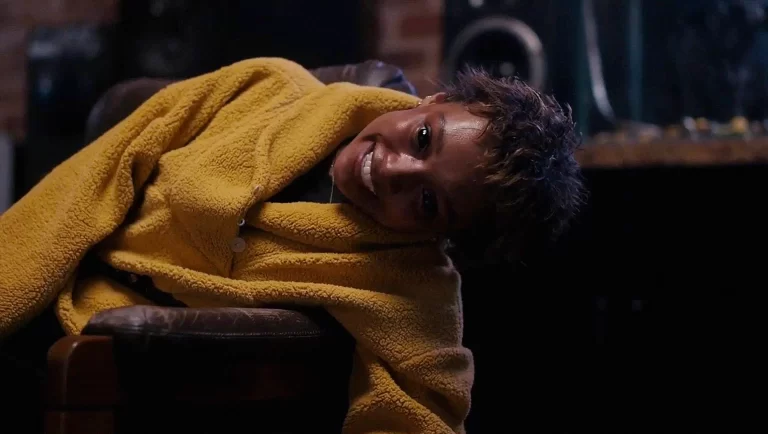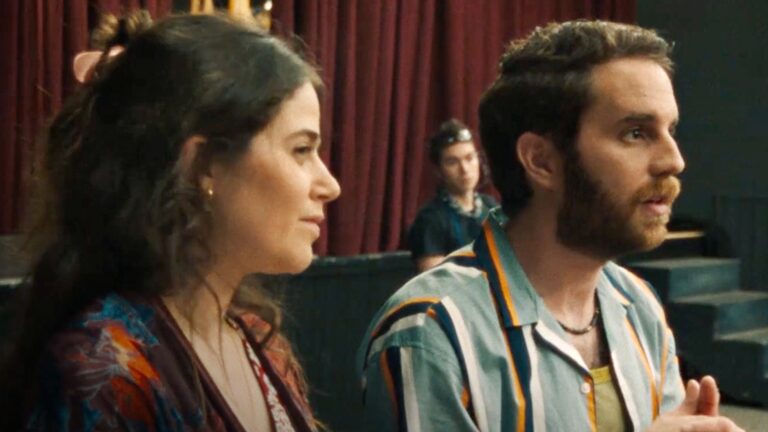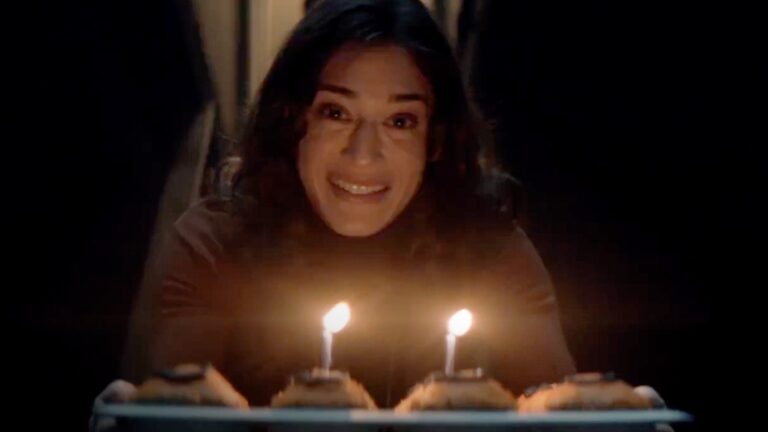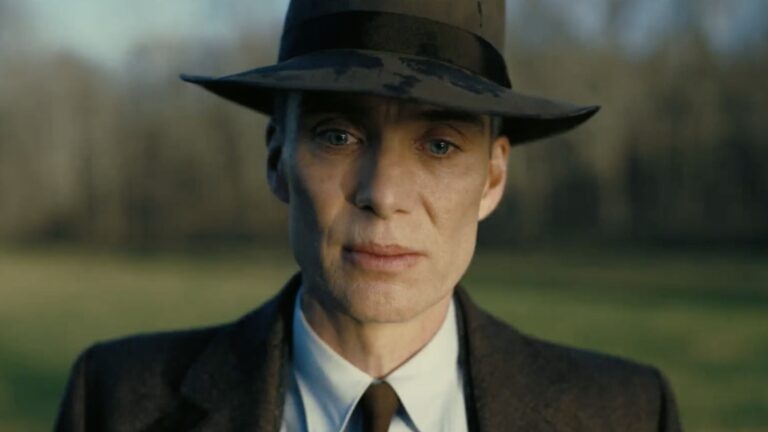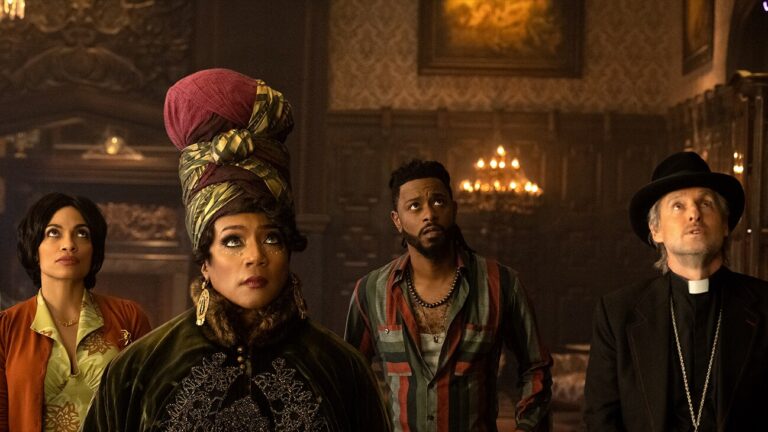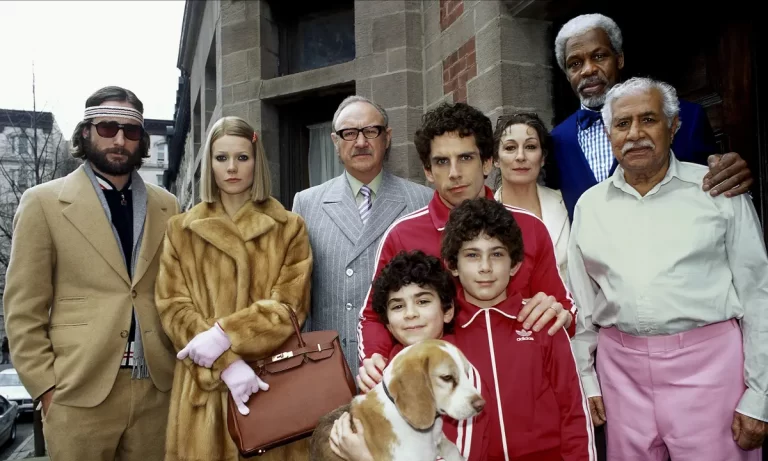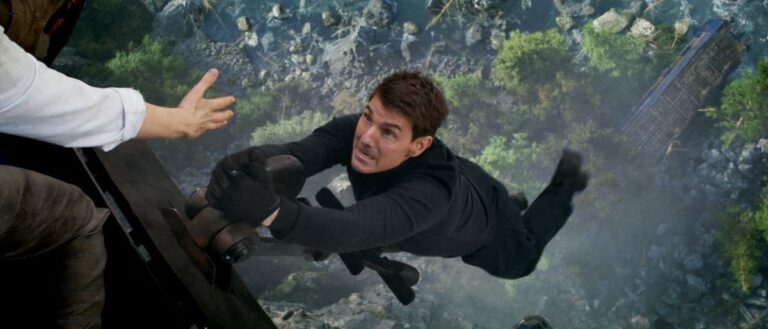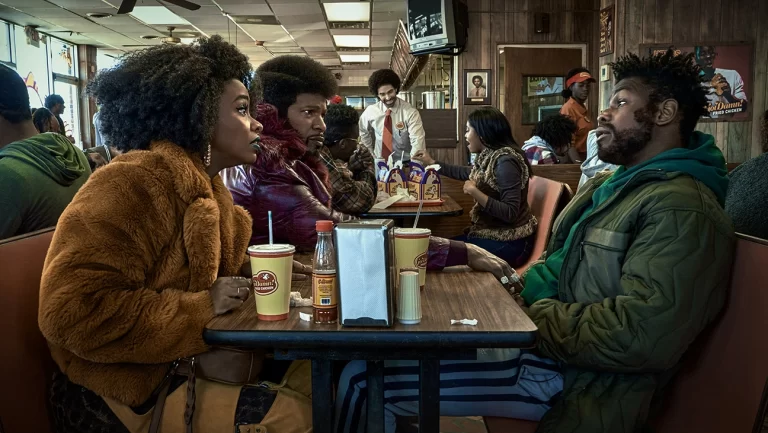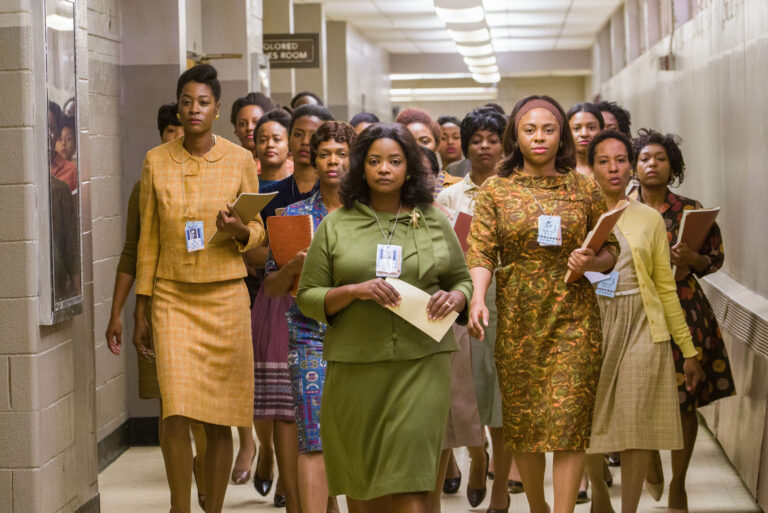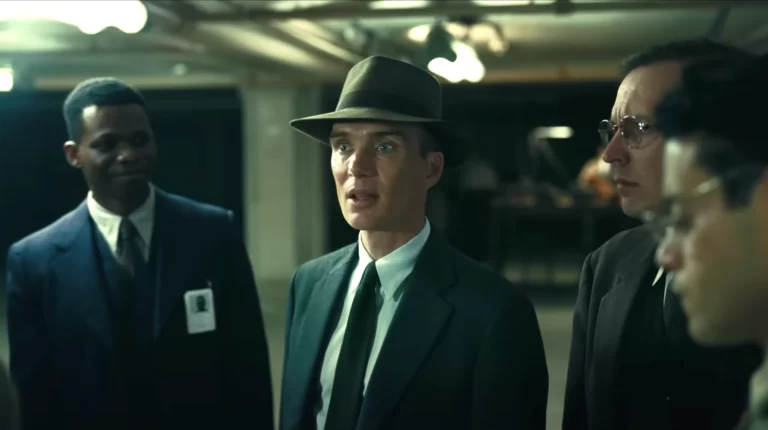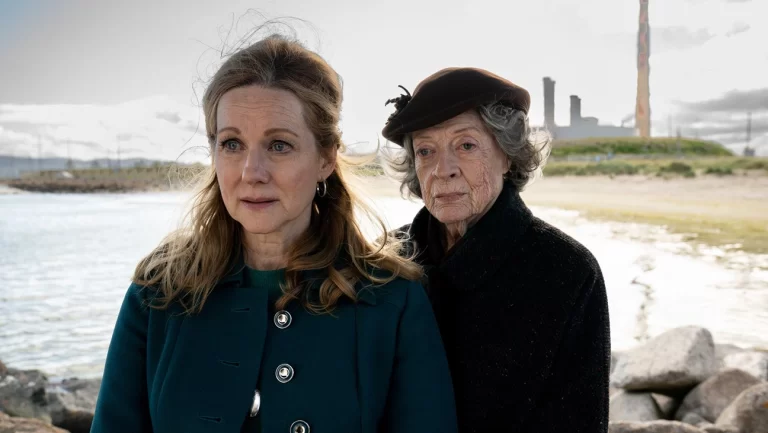Directors: Danny Philippou, Michael Philippou
Writers: Danny Philippou and Bill Hinzman
Stars: Sophie Wilde, Alexandra Jensen, Miranda Otto
Synopsis: When a group of friends discover how to conjure spirits using an embalmed hand, they become hooked on the new thrill, until one of them goes too far and unleashes terrifying supernatural forces.
Influencer culture has brought upon its tedious internet challenges, and in an era where everything is being captured on our phones, people will do almost anything to get their one second of fame. In Michael and Danny Philippou’s feature directorial debut, Talk To Me, the filmmakers explore what happens when one of those viral trends goes too far and has drastic consequences for those directly involved with it.
Funnily enough, the Philippou brothers are famously known as RackaRacka, whose YouTube channel has amassed more than 1.16 billion views and 6.83 million subscribers. RackaRacka’s videos have always been amazingly dynamic and in-your-face, consistently pushing the boundaries on what’s acceptable for that sweet YouTube clout. They learned the hard way when Michael was arrested in 2019 after a video of them driving a deeply modified “underwater car” during a heatwave caught the attention of the South Australia Police.
In Talk To Me, an internet challenge has caught the internet by storm, and it seemingly leads to disastrous results, with many of its participants experiencing unknown seizures with largely dilated pupils. However, most believe this challenge is completely made up and designed to scare viewers, and our protagonist, Mia (Sophie Wilde), is the first to try it among her friends. The challenge involves conjuring a spirit inside her using a mysterious embalmed hand while uttering, “Talk to me.” And while the initial experiences with the hand are thrilling, one goes wrong, and that’s when the Philippou brothers subvert the story to its head and deliver a terrifying time at the movies.
Revealing more about Talk To Me’s plot would deprive you of the multiple surprises the brothers have in store. A festival darling (the film recently had its Canadian premiere at the Fantasia International Film Festival to a rapturous crowd), Talk To Me works with crowds because it’s scary. You have no idea which direction the story will go as soon as Mia says, “Talk to me.” It never gets comfortable in its storytelling. As soon as it shows signs of an uninspired plot, it immediately takes a drastic turn and never lets up, leading to one of the most unexpected endings I had seen in a long time that made the audience collectively gasp in amazement.
That doesn’t mean that the film doesn’t have its fair share of predictable moments. Two are integral to its plot can be seen a mile away, slightly dampening the narrative. However, I would say that these predictable beats are important for the story at hand, as it’s the only logical way to move the journey forward to the way the Philippou brothers want to end it. It has a very specific (and shocking) opening, but everything naturally leans into its incredible final shot. And without those moments to carry the story forward, we wouldn’t have gotten something that no one will see coming. I’m usually good at spotting things coming a mile away, but even I was surprised. That’s usually the sign of a highly talented filmmaker (in this case, filmmakers) who knows what they must do to push the medium forward.
In that regard, Talk To Me pushes horror forward in ways no one could imagine. The film succeeds in scaring audience members by using a plot structure everyone is familiar and comfortable with to slowly distort it as the characters slowly descend into utter madness. Again, no spoilers here, but its exploration of internet challenges and dares couldn’t have been more prescient, especially in an era where everyone is on their phones looking for the craziest (and stupidest) thing to do for invisible clout.
Wilde is especially terrifying as Mia and is joined by an equally talented supporting cast, most notably Joe Bird’s Riley, who plays in the film’s most shocking scene. However, discussing both character arcs and their performances would mean spoiling some of the biggest secrets the Philippou brothers have closely guarded with this film. It’s even more impressive that no one revealed the plot’s meat and spoiled the entire thing after its Sundance premiere. However, that shows how respectful the audience is, wanting everyone to experience it for themselves. But take my word for it: Wilde is sensational and has a bright future after this release.
Visually, the movie contains several expertly-crafted sequences, but its sound design is far more impressive and intricate. Finally, we’ve got an amazing horror movie to experience in a theater with great speakers that will put you into its story much further than its cinematography. As Talk to Me progresses, the more investing it becomes, leading into a final act that throws all preconceived expectations out of the window and keeps catching you off-guard, no matter how hard you try to be one step ahead of it. You can’t. It’s physically and mentally impossible.
RackaRacka has crafted a horror film for the ages that will be remembered in ten years as one of the most important in the realm of independent horror. In an era in which most studio horror films lean on jumpscares for the sake of cheap thrills, the Philippou brothers refuse the status quo and have released something so deeply terrifying that you may be unable to turn your lights off at night, even if you’ve not decided to partake in the game.



